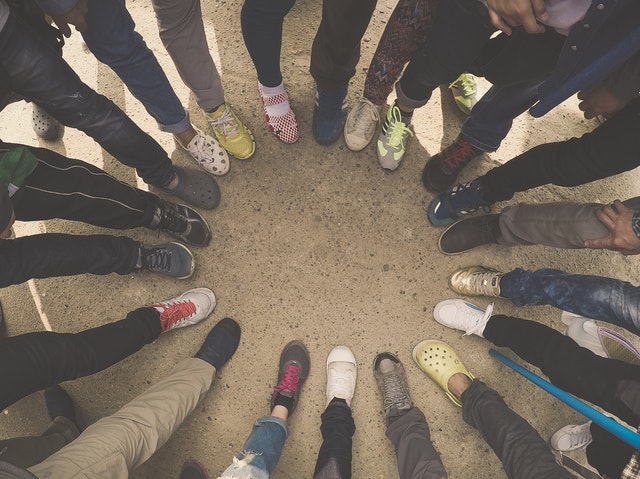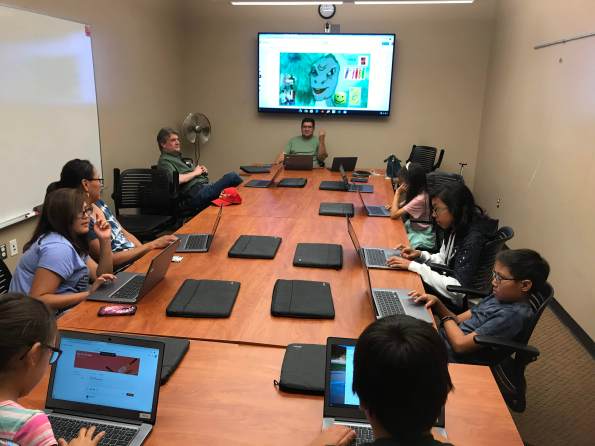I’ve recently had the need to use some Accounting software to dive into some Revenue and Expense allocation for a company to understand the business better. There was the hurdle of downloading and buying Quickbooks desktop version or buying a online version instance for a month maybe more, and I didn’t know the Quickbooks user interface.
At one time, many years ago, looked at GnuCash and thought it had potential but never spent the time. Now that I had the need and revisited GnuCash, much to my surprise, the open source software had improved and I decided to take the plunge and learn it.
I do have an accounting class under my belt from graduate school, so the whole double entry accounting was not new to me, and I was glad to see how the concept of accounts was implemented in GnuCash. Long story short, I was able to enter about 10 months of bank account data into GnuCash, then allocate expenses to get a quick picture of where 2 major projects were with respect to their direct costs and indirect costs.
I’m thankful that GnuCash was an option and it took me several hours to get the answers I was looking for about this business. If I used Quickbooks, it likely would have taken me longer and had a cost to it.
Here are a couple screenshots of the GnuCash application, It’s easy to use and free on Linux, Windows, and Max OSX. I tried the version on Windows also, the data file (FILENAME.gnucash) can be copied/moved and used on Linux too, I tested editing on both instances of the GnuCash data file.
To install GnuCash on your Raspberry Pi, simply run the following commands from a command line:
- sudo apt-get update
- sudo apt-get install gnucash
When GnuCash is installed a new icon will appear under the Office grouping. The version that was installed was GnuCash 2.6.4, and I copied this icon to the desktop for frequent use.











